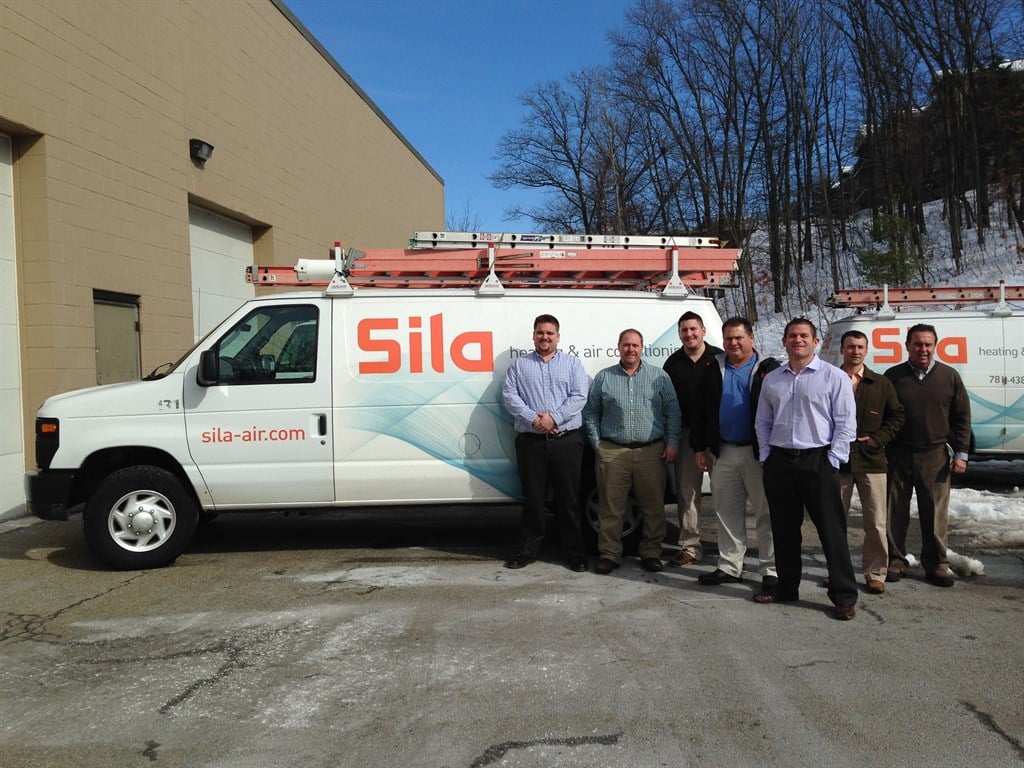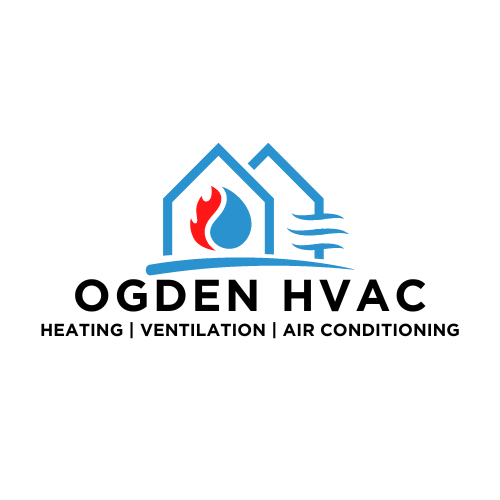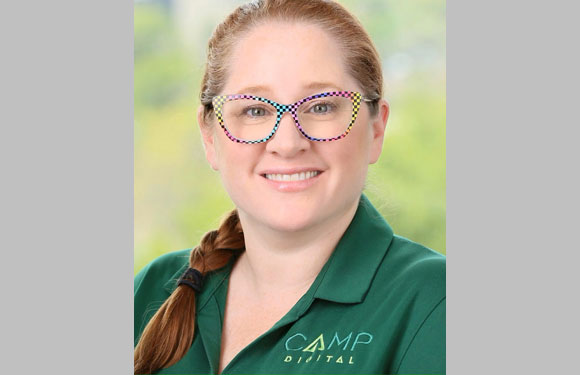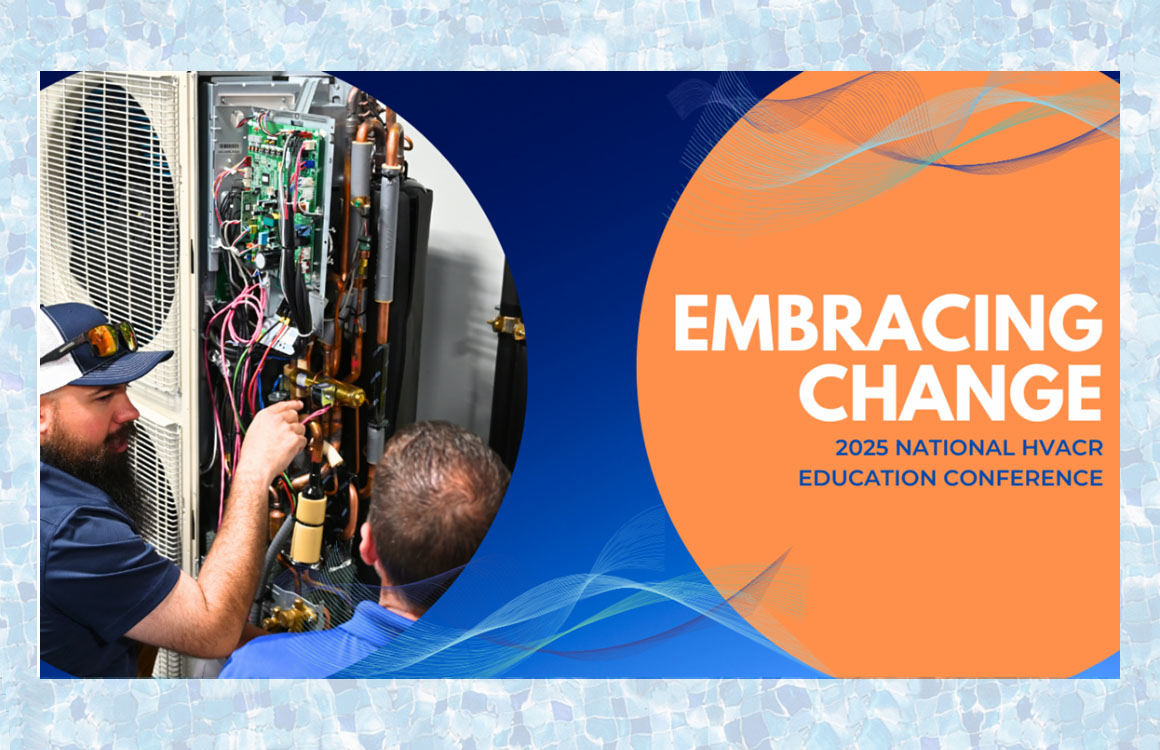
News
Carbon Monoxide: Installing Flue Pipe Test Ports
By David Richardson
A controversial topic among contractors, auditors, and inspectors is if it’s acceptable to install a flue test port for combustion safety tests. Often, disagreements come from a lack of understanding and knowing the test ports value. Let’s look at some of these concerns and why a test port is a necessary part of any fuel-fired installation.

The Concern
The main concern with a flue test port is that it could allow CO (carbon monoxide) to spill out of the venting system. There are other factors that will contribute to this before a test port would.
Consider natural draft equipment – you won’t find a bigger opening in the venting system than a drafthood. That being said, a properly installed test port will not allow flue gases to leak into a building.
The same safety concern could also be raised for gas ovens. These appliances dump combustion byproducts, directly into the home, for occupants to breath.
Natural Draft Equipment
You need a test port on natural draft equipment to obtain a draft pressure reading, not a flue gas sample. The draft test is separate from the flue gas test for combustion safety. The ability to test for CO in natural draft equipment is usually much easier. You can test below the drafthood for easy access to the flue gases.
Induced Draft Equipment
When it comes to 80% furnaces, every double-wall pipe manufacturer has letters that say it’s acceptable to install a test port, if it’s sealed properly. There are still some who don’t consider this enough, even with available information.
Their argument is the induced draft blower will push CO out of the double wall pipe. Some areas across the country focus on this detail so much that they enforce short length screws for double wall pipe installations. They don’t want the inner wall pierced.
An 80% furnace is classified as a category one appliance. This means it relies on negative draft pressure to remove flue gases from the venting system. The induced draft blower doesn’t push flue gases out of the venting system.
If this was the case, the venting system must be 100% airtight. Double wall pipe is the farthest thing from airtight you will find. The elbows and pipe connections will leak, unless they’re sealed with a high temperature silicone.
The Clearance Factor
One purpose of double wall pipe is a 1” clearance from combustible materials. When a test port is installed into this pipe, it essentially becomes a single wall connector. If there are combustible materials within six inches of the test port, replace the pipe. If not, then follow manufacturer recommendations and seal the port to maintain the double wall.
Those opposed to this really need to understand how important access to the flue gas is. The only way to confirm safe equipment operation is to measure combustion. If a test port is missing, it can’t happen. Don’t assume all is well because the flame color, temperature rise, and gas pressure are correct.
Condensing Equipment
With condensing equipment, a PVC flue is commonly vented to the outside either sidewall or through the roof. A simple method to CO test sidewall installations is at the termination outside, no test port needed. What about roof top terminations? In this configuration, you need a test port in the PVC flue pipe.
Condensate leaking from the vent system is a valid concern. You can easily address this by using a mechanical fitting tapped into the PVC pipe. A threaded PVC plug and Teflon paste create a watertight connection. You can assure the equipment is safe and not have to climb onto a roof to do it.
A Good Indicator
An inspector should know they’re dealing with a safety-conscious professional when they see an installation with a flue test port. That means the installation has been tested. Without one, you’re guessing.
It’s a shame that many won’t do the right thing because they are influenced by those who don’t understand. You can make a difference by taking the time to help these individuals understand what is really going on. You might be surprised how they help you in assuring your customers have the safest installations possible.
About the Author
David Richardson serves the HVAC industry as a curriculum developer and trainer at the National Comfort Institute, Inc. (NCI). NCI specializes in training focused on improving, measuring, and verifying HVAC and Building Performance.
If you’re an HVAC contractor or technician interested in learning more about adding carbon monoxide testing to your services, contact David at davidr@ncihvac.com or call him at 800-633-7058. NCI’s website www.nationalcomfortinstitute.com is full of free technical articles and downloads to help you improve your professionalism and strengthen your company.














